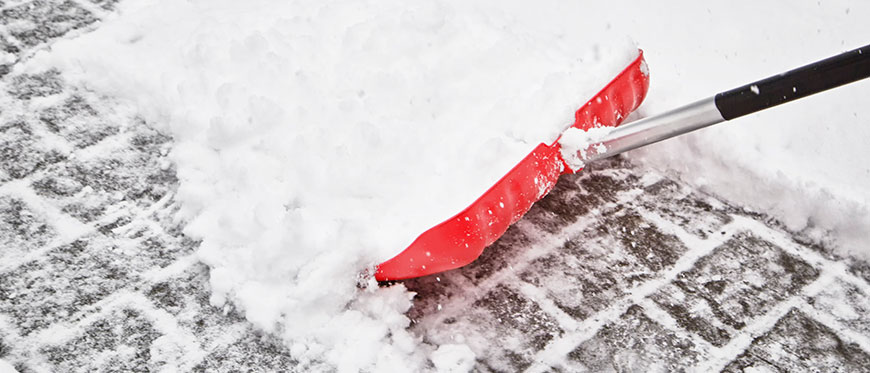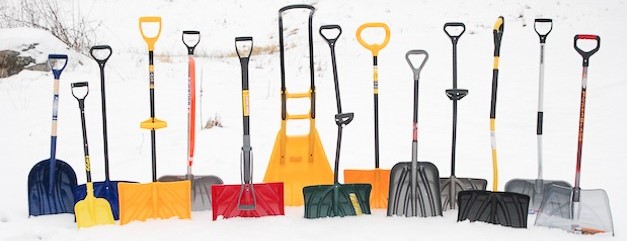Follow these Snow Shoveling tips to Stay Safe in Winter

Snow shoveling isn’t fun for everyone, but it’s often unavoidable.
In areas where snow is no stranger, it’s ill-advised to allow even the most meager snowfall to go unshoveled in your driveway, lest it later melt and refreeze.
Snow Shoveling Preparations: Safety, Comfort, Efficiency
As for any yard maintenance job, priority #1 in snow shoveling is safety, followed closely by comfort and efficiency. Snow shoveling can be compared to weight lifting, and in some cases, the aerobic aspect of this activity is like a workout on a treadmill! To help your body function on demand, consider the following tips:
- Stretch your muscles to prevent injury.
- Dress in layers to stay warm.
- Be heart smart! Don’t eat or smoke before shoveling snow. Avoid caffeinated beverages. These are stimulants and may increase heart rate and cause blood vessels to constrict.
- If you experience pain of any kind, stop immediately and seek assistance.
- Pace yourself during shoveling activities. Take frequent breaks and drink plenty of water. Snow shoveling is strenuous work, and it is important to re-hydrate your body often.
- If the ground is icy or slick, spread sand or salt over the area to help create foot traction. Be aware that some areas may be uneven and could cause you to slip, trip, or fall.
Staying Safe and Proper Shoveling Technique
The stretching you’ve done from step #1 will now prepare you for snow shoveling the safe way. Once you step outside and start wielding your shovel, remember the following:
- Bend your knees and lift with your legs.
- As you lift the snow, keep the shovel blade close to you, to reduce back strain.
- Switch off between snow shoveling right-handed and left-handed, so that you’re working different muscles.
- Periodically change your grip on the hand holding the bar (palm under vs. palm over).
- When the snowfall is heavy (1 foot in depth, let’s say), don’t try to clean right down to the ground with a single scoop. Instead, skim the top 6 inches off, then scoop up the bottom 6 inches. Otherwise, you could be hurting yourself by lifting too much.
Select the Shovel That’s Right for You

Shovels are made from different materials and come in many shapes and sizes.
- Choose a shovel that is ergonomically correct—a shovel with a curved handle. Many hardware stores and home centers stock ergonomically designed snow shovels. These shovels help you to keep your back straighter reducing spinal stress.
- Consider a shovel with a plastic blade instead of metal—plastic is lightweight—isn’t the snow heavy enough?
- Sometimes a smaller blade is better. You will not be able to shovel as much snow per shovel load, but the load will weigh less, which puts less strain on the spine.
- Get a shovel made to push snow. It is far easier to push snow than to lift it. There are shovels made expressly for pushing snow. See what is available at your hardware or home center store.
- Fresh snow is lighter in weight—so clear snow as soon as it has fallen. Snow becomes dense as it compacts on the ground. Wet snow is very heavy. One shovelful can weigh 20 pounds or more!
- Pace yourself. Take frequent breaks to stretch your back and extremities.




